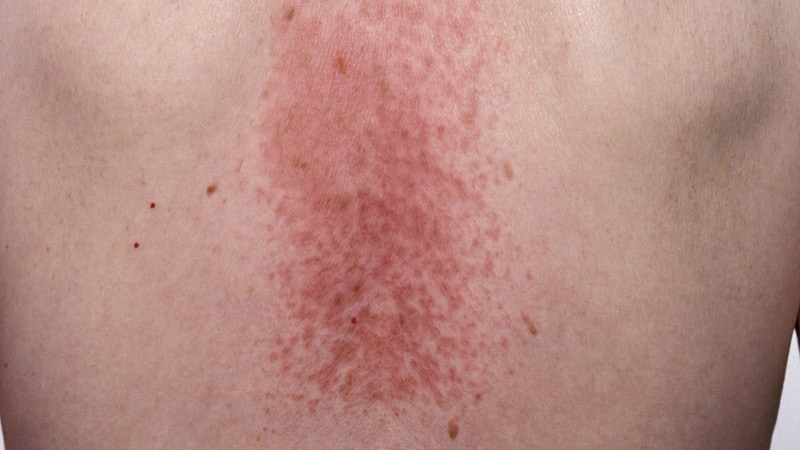Health and fitness Effects of 5G Radiation

The health effects of 5G radiation are still being debated, but one study has suggested the connection between RF radiation with cancer among male rats. This study was classified until it was declassified in 2012 by the Central Intelligence Agency, but it demonstrates that radiofrequency could trigger cancerous growth in animal, which includes humans. Researchers exposed male rats to radiofrequency for 15 days , and discovered that they developed the similar types of cancers human beings do.
The health effects of 5G radiation
The rapid expansion of wireless communications is causing the development of 5G technology There are increasing concerns regarding the health effects of radiation from 5G. While the higher frequencies may not penetrate the body as deeply as the older technology, scientists have raised concerns about possible effects on the system and are calling for more studies. To ensure that the population is protected, there is a need for the European Commission is requesting independent studies to determine if the technology is posing any health hazards.
It is important to note that there's a large number of misinformation about 5G's health impacts It is crucial to clear any misconceptions that persist. Although 5G isn't yet widespread, there are many individuals who are being told it might cause health problems, most often via social media where sexy language is used.
Beamforming 5g radiation symptoms
Beamforming is one of the most important technologies for the 5G wireless networks. It is a technique that makes use of multiple radiating elements to generate a narrow beam. The goal in beamforming is minimize the amount of unwanted radiation that is in the resulting signal. This method is typically employed for wireless communications systems and is crucial for the 5G's cost-effective coverage.
The method works by electronic weighting of the individual signals of each antenna. This results in an extremely small beam of radiation that enhances coverage of cell phones indoors as well as at cell edges. This is crucial since poor coverage could cause lower user satisfaction. Along with improving the signalquality, beamforming can reduce the amount of noise a user encounters from other devices.
Power density

The power density of 5G radiation emanating from towers on cell phones will be comparable to the previous generation of 3G and 4G systems. A reason that lower density is the electrical components' sensitivity. 5g radiation for the 2G handset was around 2 Watts. The output of a 4G phone was approximate 200 milliwatts.
The power density measures how much electromagnetic energy can be absorbed into the body at a certain distance. The power density of radiation 5g is usually expressed in watts per square metres. Contrary to the SAR measurement, it is an actual measurement of the amount of electromagnetic energy in an area. The power density limits are different for wearables and mobile devices dependent on their operating frequency and distance.
Specific absorption
The Specific Absorption Ratio (SAR) is an parameter that determines the speed at which a particular frequency depositions power in human tissues. In general, a SAR value is not more than two watts per kilogram body mass. The SAR value is calculated by the electrical field within the tissues and the density of mass, measured by kilograms of mass per cubic meter. The method was recent used to determine the antenna design.
The latest radio technologies that form the 5G system operate in frequencies that are below 6 GHz. These frequencies are referred to in millimeter waves. However according to the FCC's SAR compliance program is only applicable to frequencies of up to 6 GHz. Additionally the SAR test demands that measurements be conducted using phantoms that contain tissues simulating media.
Skin health and its effects
We know very little about the health effects of radiation from 5G to the skin. Our knowledge of the subject is limited due to the lack of in-vivo experiments and theoretical models. There is however an urgent need for more research on the effects of 5G radio frequency radiation on human skin. Using 5G radio frequencies can cause damage to the skin particularly to the epidermis, which is one of the most sensitive parts.
Unlike 4G, 5G radiation is one of the highest frequencies that has been shown to cause heat to human tissues. 5g radiation are dipolar, which means that the higher frequency of 5G radio waves can cause heat to the skin. The exposure to radio frequencies from 5G can also affect other organs of the body, like the brain.
